The African buffalo also known as the Cape buffalo (Syncerus caffer) is a large mammal of the African bovine family. They can be easily seen in protected areas and national parks such as the Ngorongoro Crater and the Serengeti.
These large and robust bovines belong to the famous Big Five, being described by hunters as being extremely dangerous animals to approach when wounded. Some even claim, that up to 200 people are gored and killed each year by buffalos.
Male buffalos can easily way in at over a ton, whereas females weigh around 500 kg. Some bulls can have a shoulder height of up to 1.6 meters and its body length can range from 1.5 to 3.5 meters! Males are generally black in colour whereas the females tend to have a slight note of brown on their coats.
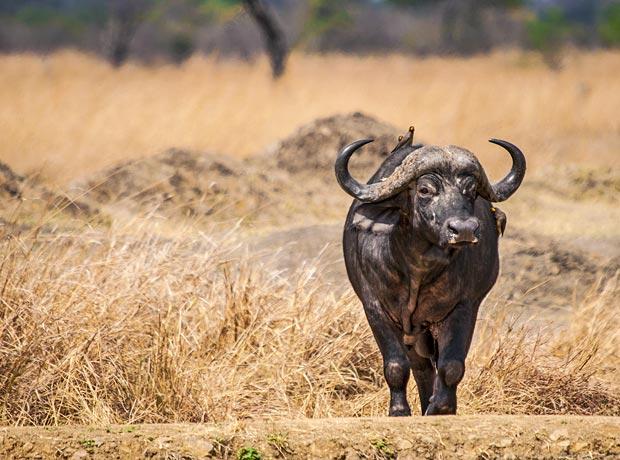
The body is covered in short hair and they have large heads with an unmistakable wide set of horns. Both sexes have horns, but the ones of the males are bulkier. The horns grow from the thick bosses on the forehead and it is these bosses that the bulls use for fighting or attacking.
Buffalos are very successful grazers and can be found in different habitats like swamps, floodplains, forests, open and wooded savannahs and also in mopane grasslands. They are not picky eaters and will happily munch away on longer grass like zebras do. They usually graze in the early mornings and late evenings and they prefer to look for thick cover during the hotter time of the day. Water is very important to them and they must drink on a daily basis. Adult buffalos can drink up to 40 litres of water in one go! If it is one thing that the buffalos love, it has to be wallowing in the mud. They do this to cool themselves off.
Safety in numbers is very important for buffalos, that is why some herds can have up to a thousand members! The herds are generally made up of females and their offspring. A strict hierarchy among the herd makes sure that everything runs smoothly. Males usually form a bachelor herd and they only join the bigger groups during mating season.
Mating occurs in the rainy season when females come into heat for about three days, where only the larger dominant bulls are allowed to mate. It is also during this time that the bulls fight with each other to establish dominance. Fighting amongst bulls usually means that individuals will spar to show who is bigger and stronger. The older bulls usually win due to size and experience. However, when a full scale fight breaks out, bull’s will charge at each other with their heads held high and they only at the last moment lower their heads for a bone crushing crash! To witness this is a spine chilling sight.
Females give birth almost exclusively in the rainy season after a gestation period of 11.5 months. Calves are born within the herd, but stay close to their mother for the first few days. Calves suckle for about 15 months after which they start becoming more independent feeders. Social ties between mothers and female calves remain strong whereas the males tend to disperse amongst the main herd over time. In the wild Cape buffalos can live up to 20 years.

Buffalo herds are known to stick together and when attacked by predators it is common to see the whole herd return to save one of their own from the jaws of death! Having the capability to protect themselves means that apart from humans the main predators of buffalos are primarily lions. It takes several lions to bring down an adult buffalo and sometimes it is not only the buffalos who suffer casualties. Bulls have even been seen seeking out and killing lion cubs in an effort to reduce the risk of future predation!
 on Tripadvisor
on Tripadvisor

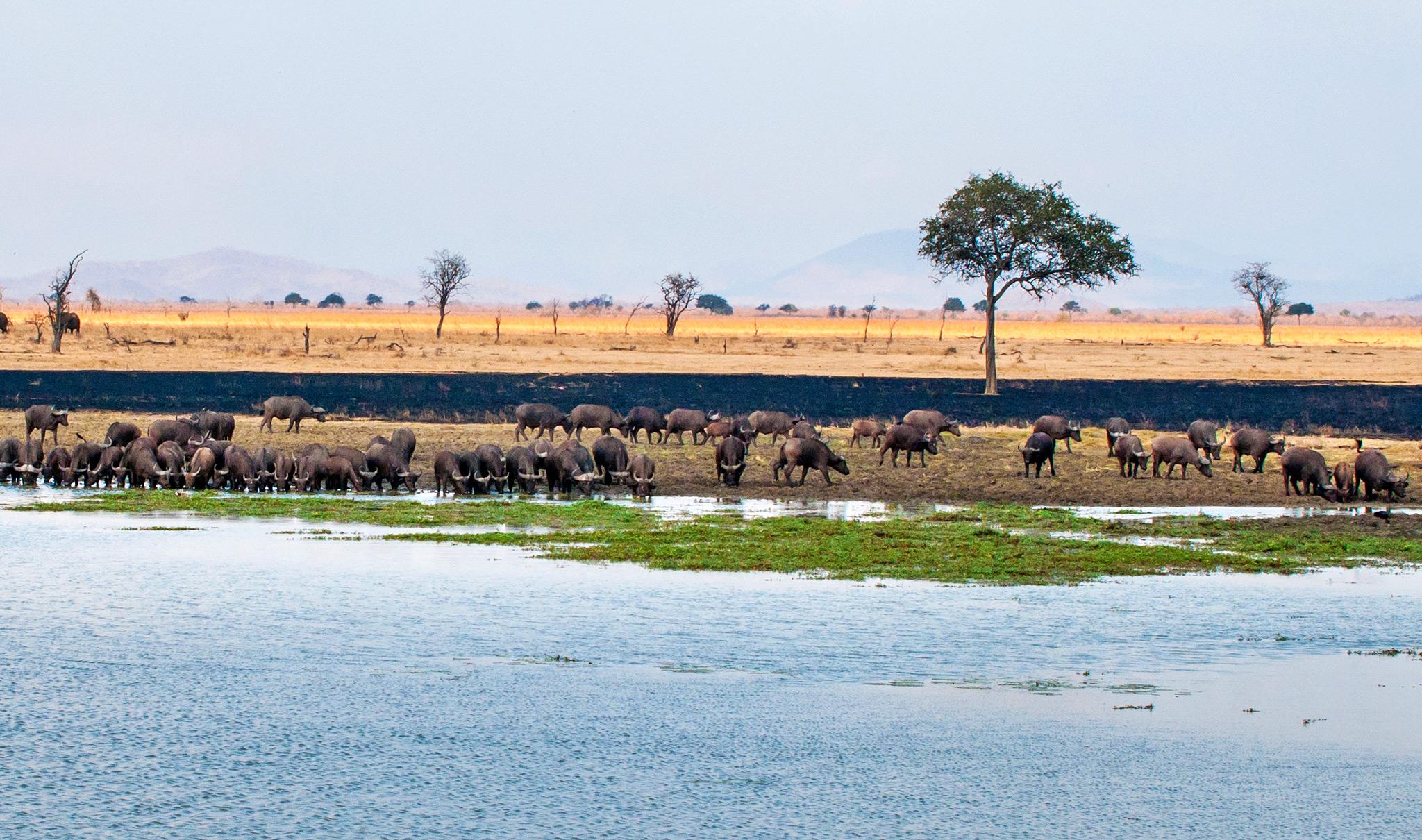
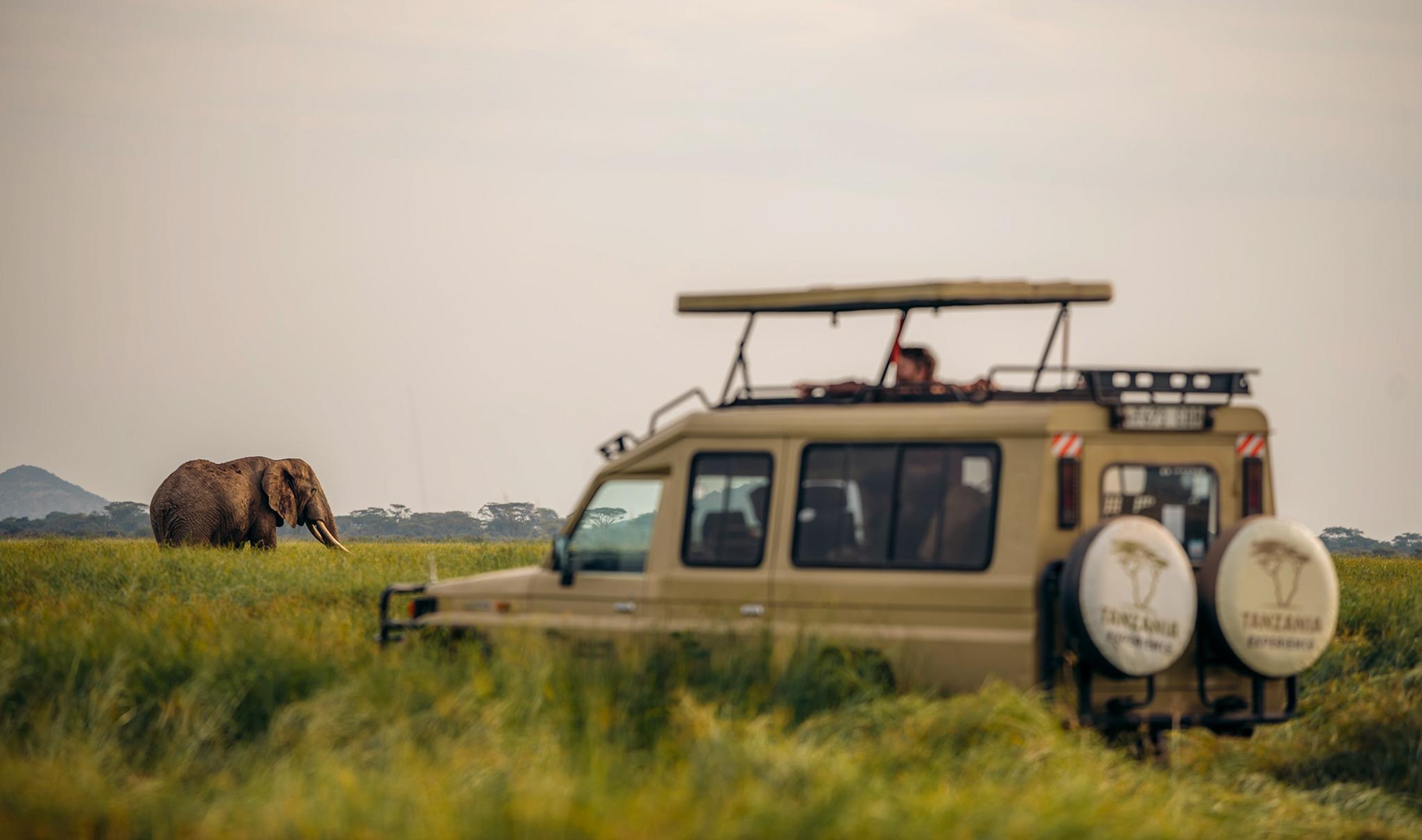
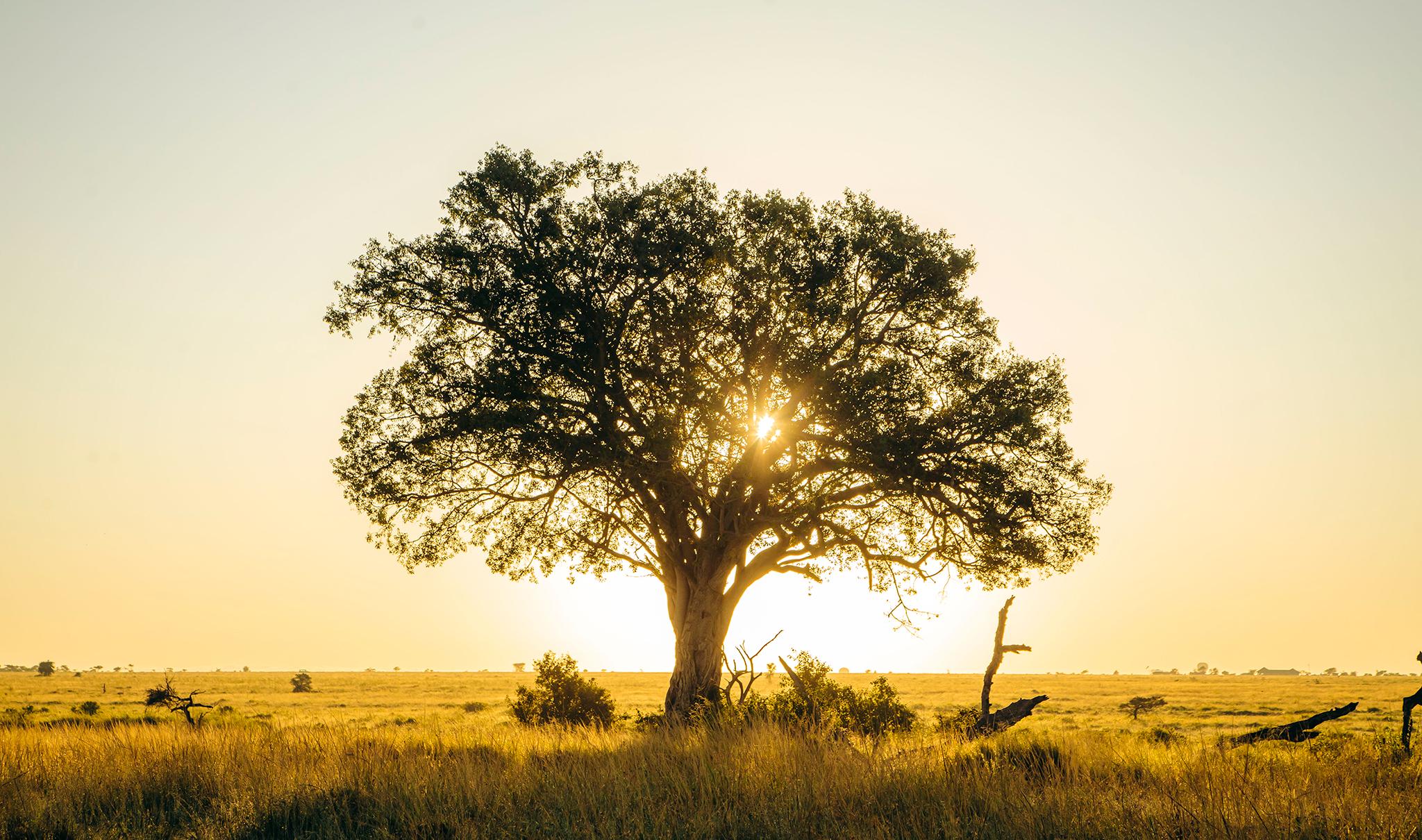
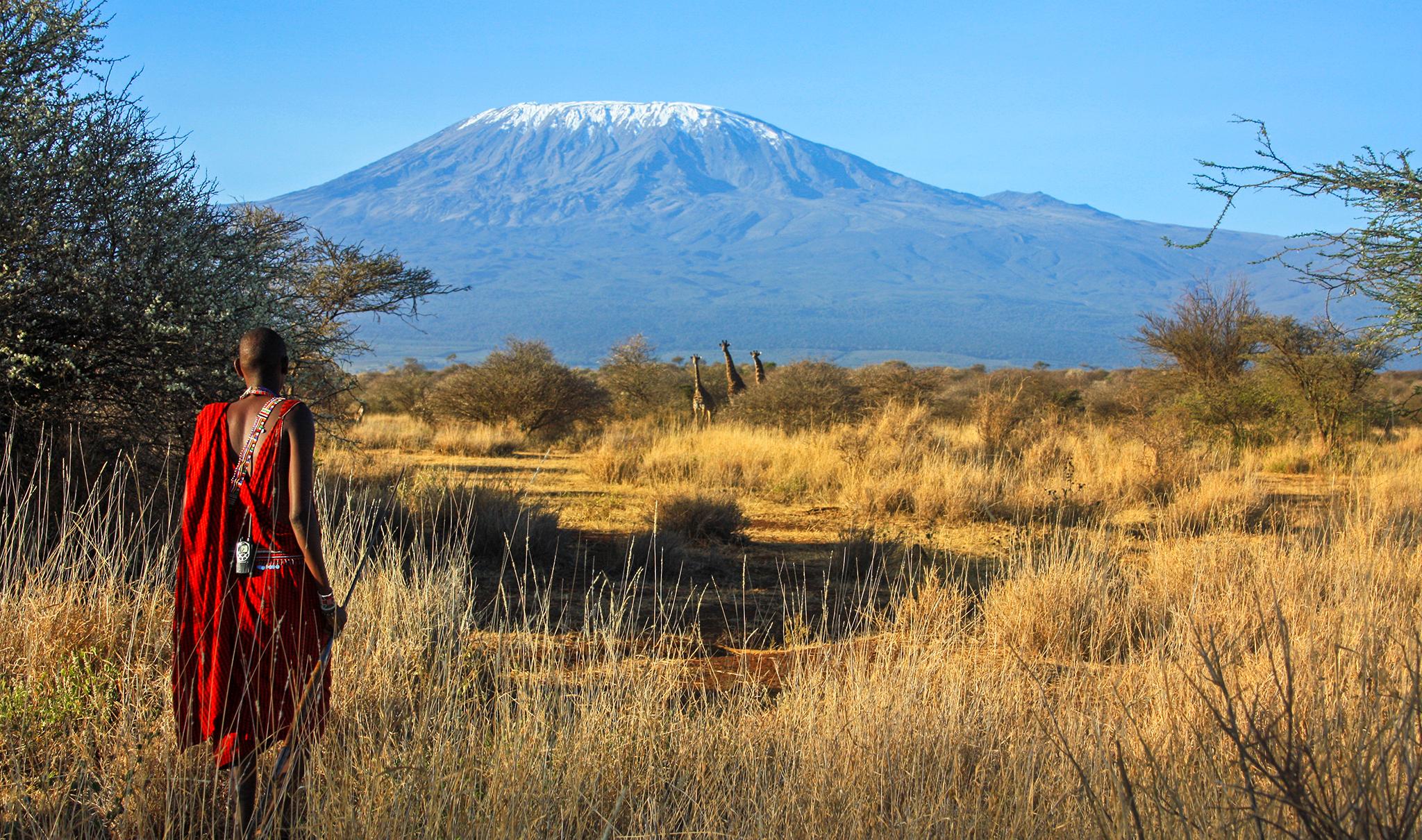
The story is very nice, I have learned some few things like, hunting goes by size, female choose (females can choose only strong males to mate with because they also needs strong children so that they can be chosed by nature and pass their genes to the next generation. Also mud wallowing this is done doe to the parasite campaign (after the mud is dry they scratch themselves to the trees, big stones etc,same aplies to elephant and others. Thank you
Thank you very much for the good and knowledged experience on the brief about buffalo, I appreciate Tanzania-Experience, The link it’s really helpful….!!!!!
Just after my safari done on 14th-16th September 2017 at Ruaha National Park, I always do review study after any safari I’ve done,just for some corrections by myself so that next I do the best.
But about buffalo I explained the same ideas although not the whole story like what I’ve gained from Tanzania-Experience, so I also proud of myself to share the same knowledge to my clients.
You’re welcome.
There are several videos easily accessible on the internet showing a single lion killing an adult cape buffalo alone. Plus, sometimes there are more than one lion but a single does all the work.